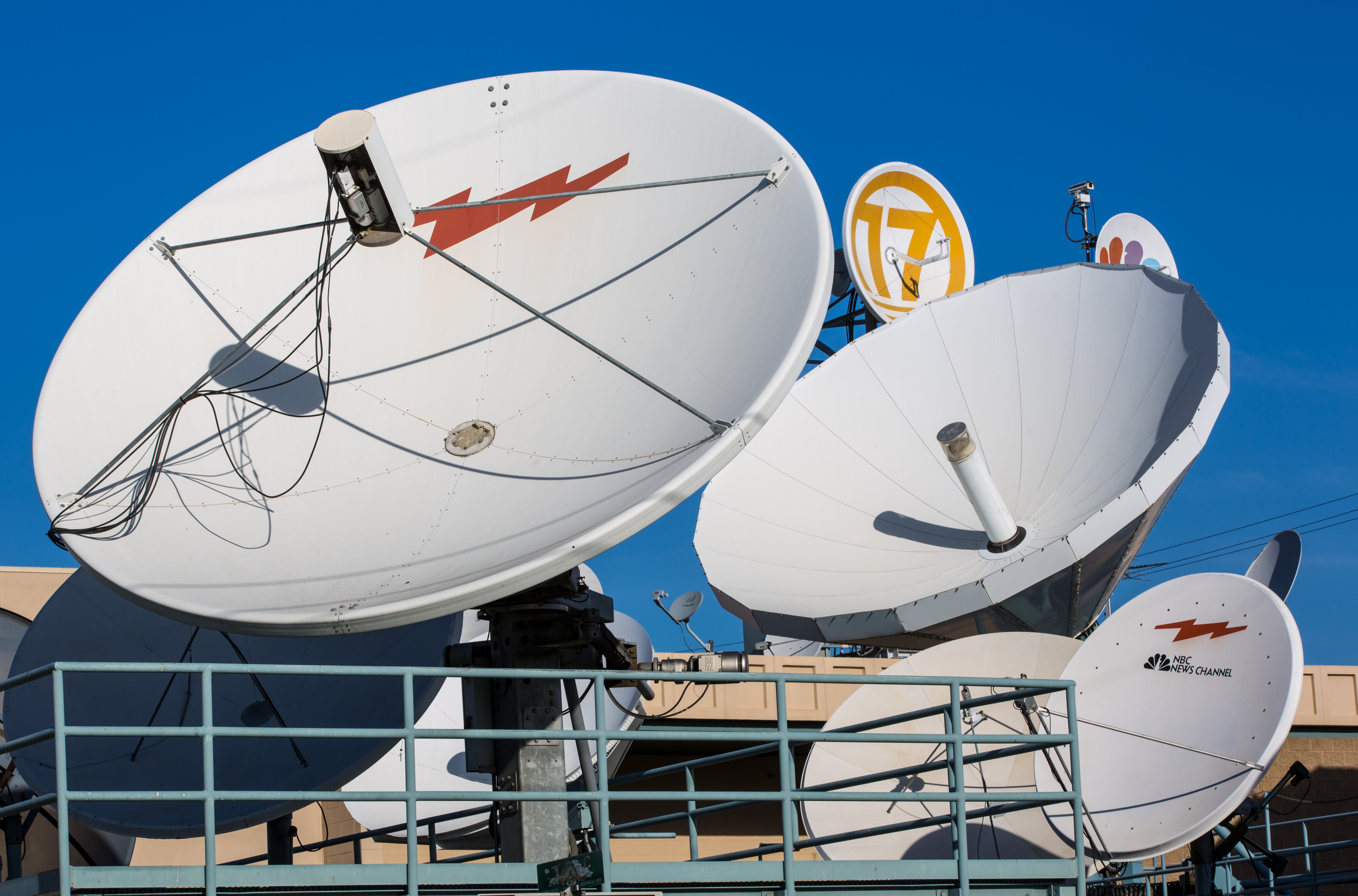Fight! C-Band War of Words Escalates
WASHINGTON — The battle lines over the spectrum now used to deliver TV-network programming to hundreds of millions of viewers have lengthened and the rhetoric — “dangerous,” “ill-conceived,” “untenable” — has heated up over the last few weeks as the FCC considers proposals on how to reclaim some of it for 5G.

The Federal Communications Commission is under pressure to free up as much spectrum for next-generation 5G services as possible, as the Trump administration has prioritized winning the race (with China) for supremacy in the new wireless broadband delivery system.
At issue is the C-band, or midband, satellite spectrum (3.7-4.2 GHz). TV stations and cable systems currently use that slice of spectrum to receive network feeds. There’s concern as to whether sharing the band with wireless operators — as the FCC wants to do — will create interference to those satellite feeds, and whether fiber delivery is a legitimate alternative.
The ABC, CBS, Fox and NBC affiliate associations have signaled a flashing yellow light, telling the FCC in comments that it ought to proceed with caution and balance the interests of incumbents with those of wireless operators. But in a recent filing, affiliate stations said their concerns have grown in the face of a proposal by some cable operators to transition to fiber delivery.
Affiliates of the four major networks and the National Association of Broadcasters want the FCC to stop at reallocating 200 MHz of the 500 MHz C-band spectrum, preserving satellite delivery and protecting from interference the “broadcasters, content creators, MVPDs and the hundreds of millions of consumers who rely on access to the content those incumbents create and distribute in the C-band.”
While broadcast incumbents are focused on protecting their network feeds, arguing that fiber is not a sufficiently reliable replacement, cable operators have expressed divided loyalties. That’s because they are migrating their video business to broadband delivery and getting into the 5G game as well.
Network affiliates are also taking issue with a proposal by ACA Connects, which represents smaller, independent cable operators. The stations, in comments to the FCC, said ACA’s plan to free up at least 370 MHz, and perhaps more, based on a fiber migration is “time-consuming, dangerously expensive, and incredibly complex,” not to mention “half-baked” and “transparently self-serving.”
Multichannel Newsletter
The smarter way to stay on top of the multichannel video marketplace. Sign up below.
Counting on fiber to do the job would be replacing “near flawless” delivery with an unreliable fiber network, the broadcasters argued.
The affiliates also took aim at a “sharing” proposal by Microsoft and Google that would allow for fixed wireless point-to-multipoint service in the portion of the band that remained for satellite distribution of TV networks after the FCC reclaimed some spectrum. They used terms like “harmful,” “disrupt” and “restrict” to describe the “unworkable” plan.
Broadcasters are fighting something of an uphill battle, as FCC is looking to free up as much spectrum for 5G — especially midband spectrum like the C-band.
ACA Connects has branded its proposal (also backed by Charter Communications and the Competitive Carriers Association) as “5G Plus,” the “plusses” being more spectrum, more competition and more fiber.
Were the FCC to auction that spectrum to wireless carriers, it could share some of the proceeds not only with the satellite-services companies providing the network transmissions, but the cable operators and broadcasters who receive them.
Satellite operators in the C-Band Alliance are also looking for a payout, but through a private rather than public auction. They’re backing a plan of their own and have called the 5G Plus proposal unworkable and even illegal, even though one of the four majors — Eutelsat — left the alliance last Tuesday (Sept. 3).
ACA counters that the FCC has plenty of authority to pay MSOs and stations and its plan would “ensure a redundant, geographically diverse fiber network that would be capable of meeting both the current and future needs of video content delivery.”
Contributing editor John Eggerton has been an editor and/or writer on media regulation, legislation and policy for over four decades, including covering the FCC, FTC, Congress, the major media trade associations, and the federal courts. In addition to Multichannel News and Broadcasting + Cable, his work has appeared in Radio World, TV Technology, TV Fax, This Week in Consumer Electronics, Variety and the Encyclopedia Britannica.

